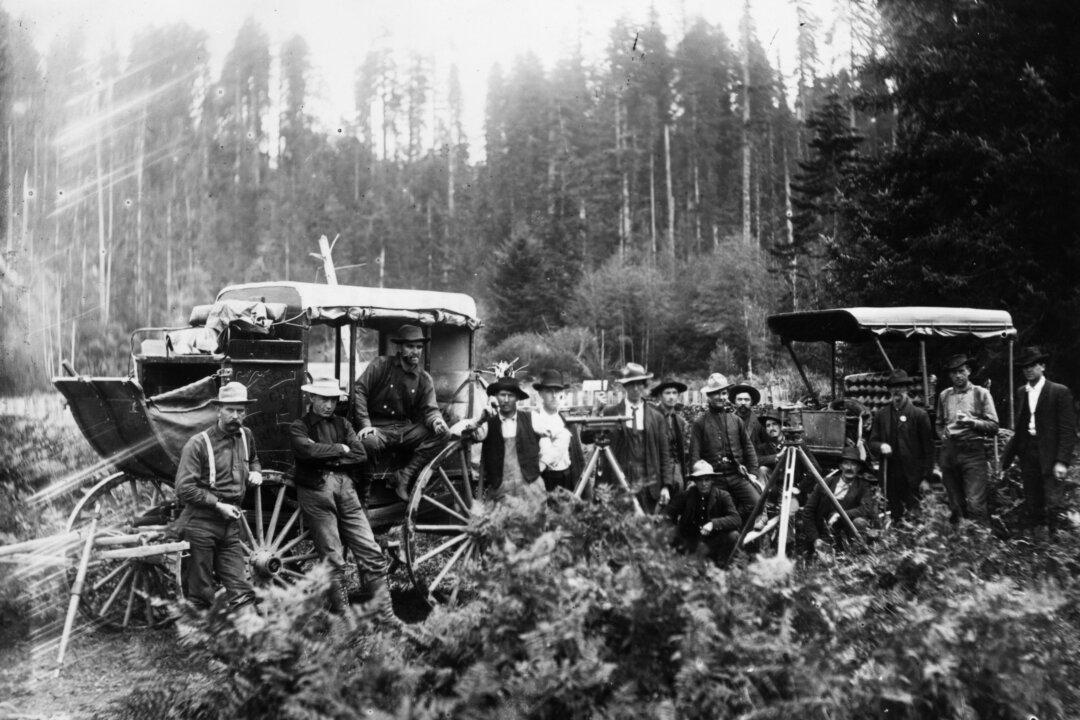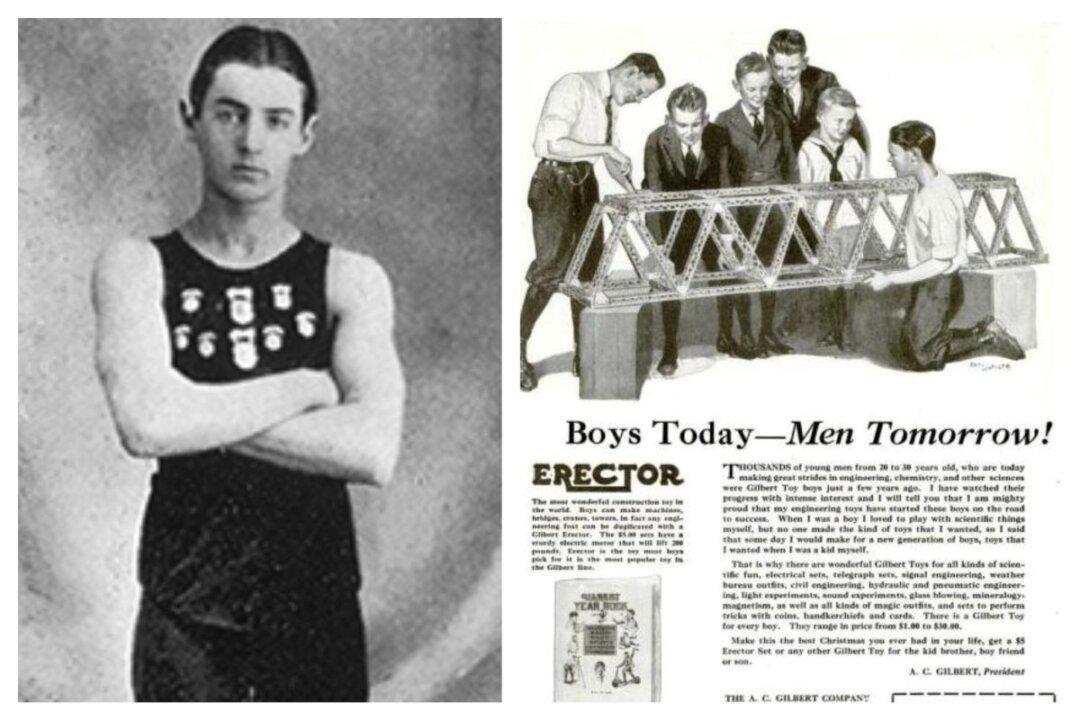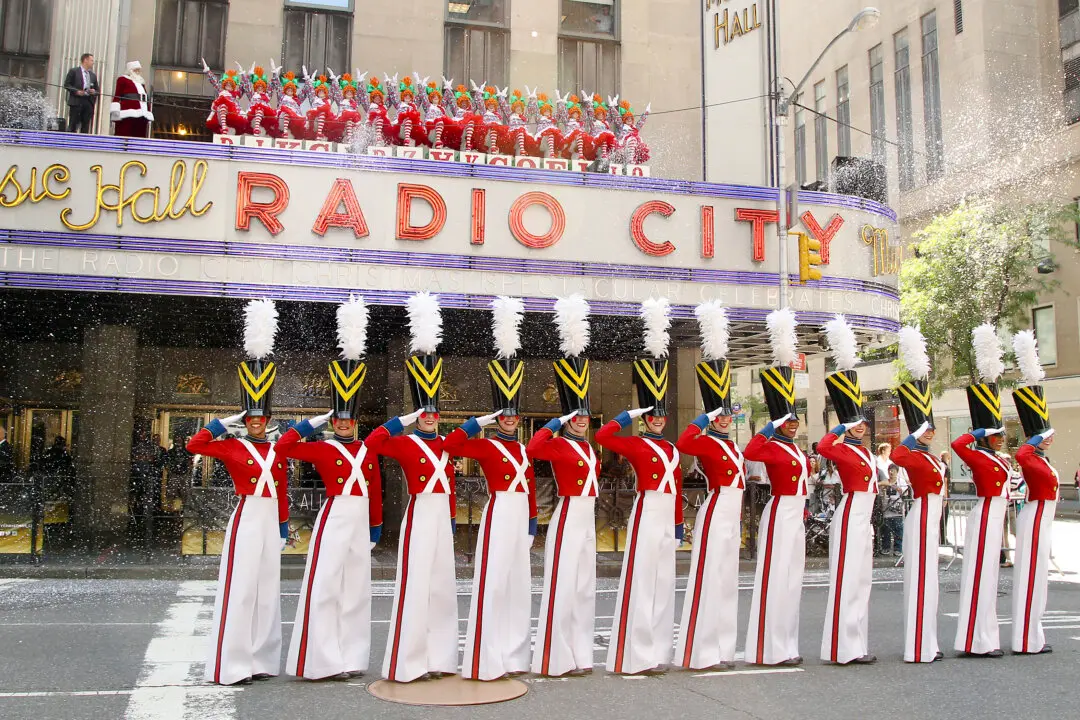Asa Whitney, a businessman who had recently returned from China where he had made his wealth, wrote Congress with a very interesting request. He asked Congress to provide him “a grant of land, to enable him to construct a railroad from Lake Michigan to the Pacific ocean.”
On Jan. 28, 1845, Whitney’s four-page letter was presented to Congress. It had only been 15 years since the first steam engine railroad was built in America―the initial 13-mile-long stretch of the Baltimore and Ohio Railroad line―but the railroad industry was starting to boom.






